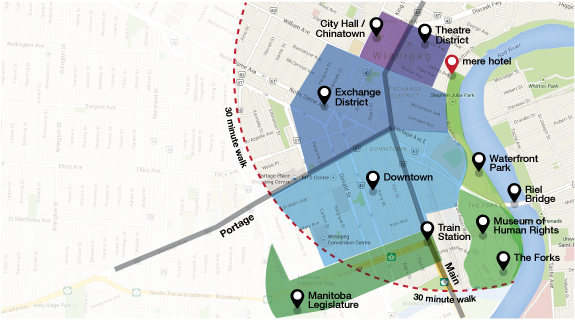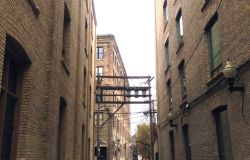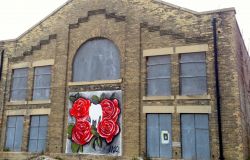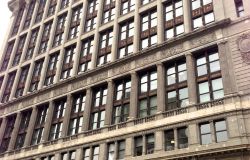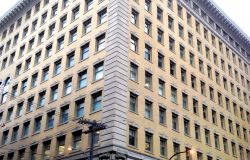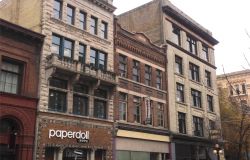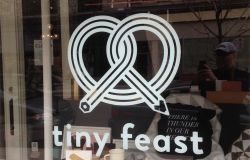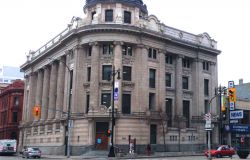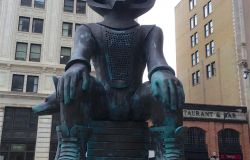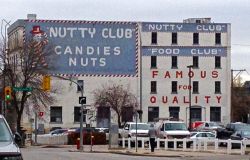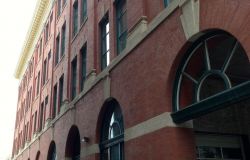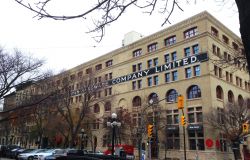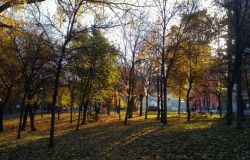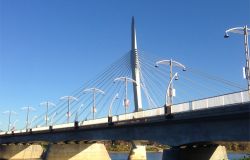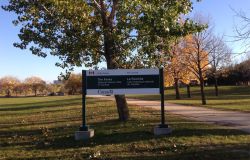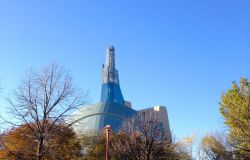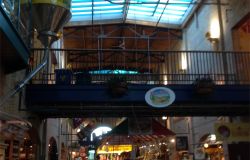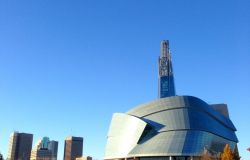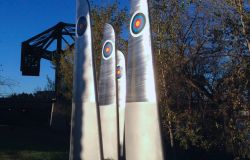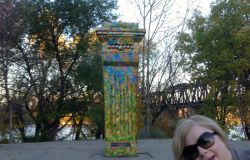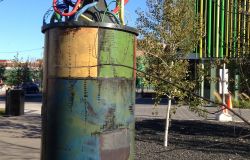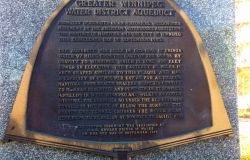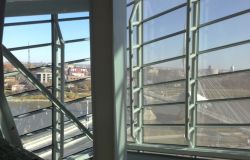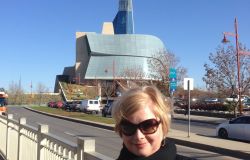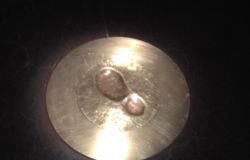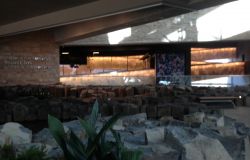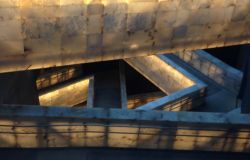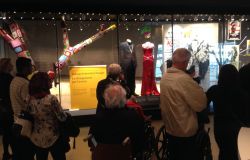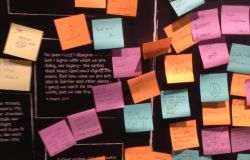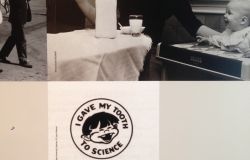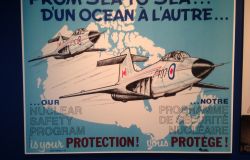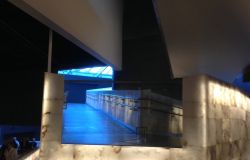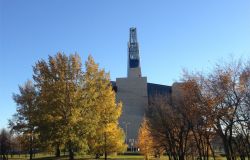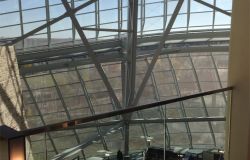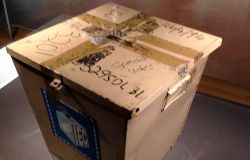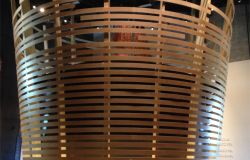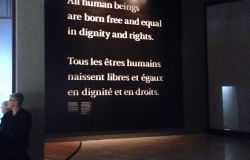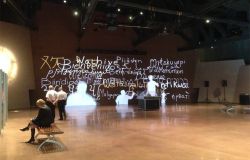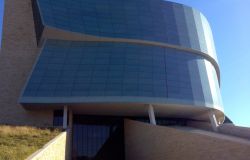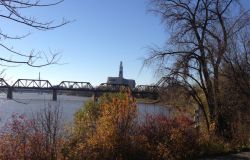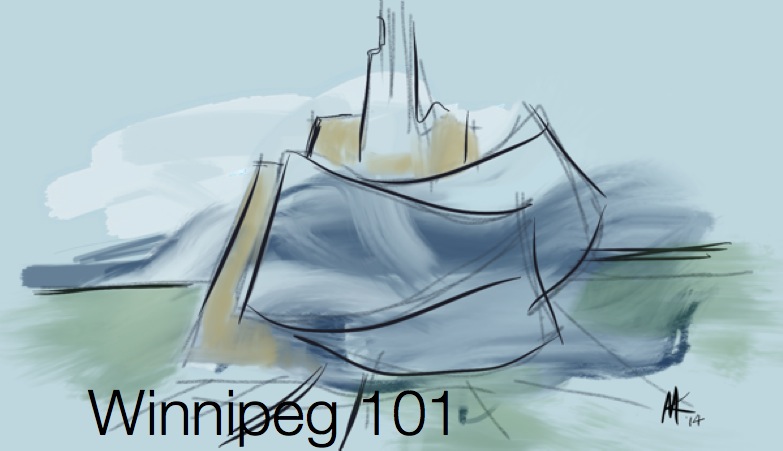
The City of Winnipeg is located almost at the geographic centre of North America, and is one of the most interesting and vibrantly transforming places we’ve been to. Of course it’s always easier when you know where to go and what to do so consider this you primer for an awesome mini break to Winnipeg – “Heart of the Continent”
Fun Facts:
- In 1914, WWI Captain Harry Colebourn took a black bear he named Winnie (after his hometown Winnipeg) to England as his Regiment’s mascot. When he shipped out to France, he donated the bear to the London Zoo. Author A.A. Milne’s son Christopher so loved the bear that Milne crafted stories about his boy and the bear, “Winnie the Pooh”.
- Winnipegger Charles Thorson worked as part of the design team that created Bugs Bunny, Snow White, Elmer Fudd and Little Hiawatha.
- The Second World War’s most famous spymaster Sir William Stephenson, the man called Intrepid, was the inspiration for Ian Fleming’s 007. He was born and raised in Winnipeg.
- Winnipeg is home to one of the largest communities of French Canadians west of the Great Lakes.
- Winnipeg’s Union Station was designed by the same architects responsible for the Grand Central Station in New York City.
- Winnipeg produces over 25,000 pounds of gold medal-winning Golden Caviar and sells it worldwide to some of the best restaurants.
- Winnipeg was the first city in the world to develop the 911 emergency phone number.
- The Royal Winnipeg Ballet is Canada’s oldest dance company. It’s also the longest continuously operating ballet company in North America.
- The Winnipeg Art Gallery has the biggest collection of contemporary Inuit art in the world.
Winnipeg is a great city for walking or cycling around with tons of trails and pedestrian friendly areas. That said, it’s a very easy city to drive around in – seems like nothing is more than 5 or 10 minutes away from the core. Here’s a few of the places we went, all within a 30 minute walk of the hotel.
Theatre District
Right across the road from the hotel, it’s home to several theatres and the Museum of Manitoba. It’s an area that’s pretty industrial and is undergoing redevelopment but it’s still an easy walk.
• Museum of Manitoba
• Royal Manitoba Theatre
• Winnipeg Symphony Orchestra • Royal Winnipeg Ballet
City Hall / Chinatown
A couple of blocks further is the old and new City Hall, as well as the small Chinatown, which has a few excellent restaurants including the Kum Koon Gardens for dim sum
The Exchange District
The Exchange District is a National Historic Site which comprises twenty city blocks and approximately 150 heritage buildings,[1] and it is known for its intact early 20th century collection of warehouses, financial institutions, and early terra cotta clad skyscrapers.
It’s an amazing place to walk around full of offices, boutiques and places to eat.
Waterfront Park
Walk out the front door of the hotel, and you are at the north end of Waterfront Park, which winds it’s way along the river from the hotel to The Forks. Well lit and easy to walk, there are a number of paved bike/walk paths that make for an easy stroll. It’s an historic place, being the meeting place for the Winnipeg General Strike in 1919, as well as the starting point for the Red River Rebellion in 1869.
The park is filled with art installations at regular intervals as well as markers and monuments commemorating all kinds of historical events.
The Forks
The Forks is located at the convergence of the Red and Assiniboine rivers and has been a meeting place for over 6,000 years. Early Aboriginal peoples traded at The Forks, followed by European fur traders, Métis buffalo hunters, Scottish settlers, riverboat workers, railway pioneers and tens of thousands of immigrants.
Today it’s not only home to the Canadian Museum of Human Rights, but to a number of public spaces including the Children’s Museum as well as the Forks Market and Johnson Ferry Terminal which houses an antique market, boutique shops as well as a food market.
Canadian Museum for Human Rights
There’s no real way of describing this magnificent piece of architecture or the contents other than to say that once you experience it, you will not be the same. Drawing lots of controversy for both the building as well as the exhibits inside, it’s a moving, inspiring and sometimes uncomfortable thing to experience, and would take 2 or 3 visits to digest the whole thing. A must see.
